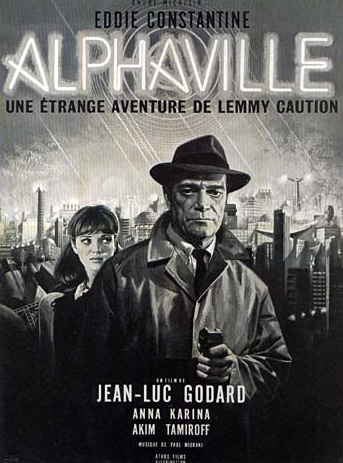The context for learning, education and the arts (2)
 Sunday, June 18, 2006 at 12:35AM
Sunday, June 18, 2006 at 12:35AM This Entry is in Five Parts. (One, Two, Three, Four, Five)
Let me begin by quoting the head of IBM, Lou Gerstner in reference to Deep Blue, the computer developed to play chess at the grandmaster level:
“Deep Blue is emblematic of a whole class of emerging computer systems that combine ultrafast processing with analytical software. Today we’re applying these systems to challenges far more vital than chess. They are used for example in simulation — replacing physical things with digital things, re-creating reality inside powerful computer systems? (“Think Leadership? Vol. 3, No. 1, 1998: 2)
Now, what is important here is not only the references to Deep Blue and very fast computer systems, but the assumption that the replacement of physical things with digital things re-creates reality inside computer systems and by extension in reality itself. This may well be true and may well be happening, but we need to examine the implications of the claim and locate this claim within a cultural, social and economic analysis. And we need to become quite clear about the meaning of the term simulation which is used most often to refer to an artificial environment that either replaces the real or in Jean Baudrillard’s words become the real. Simulation as I will use it refers to the creation of artifacts, their use and their integration as well as co-optation into an increasingly digital culture.
“And soon we’ll see this hyper-extended networked world made up of a trillion interconnected, intelligent devices — intersecting with data-mining capability. Pervasive Computing meets Deep Computing? (Gerstner: 3)
I will return to the implications of this quote through a variety of different routes. Historically, the advent of new technologies in the 20th century has generally been paralleled by claims of social effect and cultural transformation and these are synoptically represented by the continued influence of Marshall McLuhan on present thinking about technology and its effects. I will not examine McLuhan’s ideas in great detail, suffice to say that many of the assumptions guiding his cultural appropriation by a variety of writers, commentators and politicians do not stand up to scrutiny of a rigorous kind. For example, McLuhan’s famous statement that “The Medium is the Message? grew out of a report that he wrote in 1959-60 for the Office of Education, United States Department of Health, Education and Welfare. It was entitled, “Report on Project in Understanding New Media? In it McLuhan analyses media such as television using the tools of cognitive psychology, management theory and economics. For McLuhan, media include speech, writing, photography, radio, etc.. And he is puzzled by why the effects of these media have been overlooked for as he puts it, “…3500 years of the Western world? (McLuhan, 1960: 1)
McLuhan searches for an explanation and much of the research for the project is prescient and fascinating as well as a precursor to the publication of “Understanding Media? in 1964. When it comes to the famous aphorism about the medium and the message, McLuhan reveals a rather interesting foundation for much of his later research.
“Nothing could be more unrealistic than to suppose that the programming for such media could affect their power to re-pattern the sense-ratios of our beings. It is the ratio among our senses which is violently disturbed by media technology. And any upset in our sense-ratios alters the matrix of thought and concept and value. In what follows, I hope to show how this ratio is altered by various media and why, therefore, the medium is the message or the sum-total of effects. The so-called content of any medium is another medium? (McLuhan, 1960: 9)
It is clear from this statement that the medium is actually the subject, that it is human beings whose sense-ratios are altered by participating in the experiences made possible through the media. It is not the content of the communication, but the encounter between the medium and subjectivity that alters or disturbs how we then reflexively analyse our experience. Although the medium is the message is generally interpreted in formal terms and although it has been appropriated as a generalization used to explain the presence of media in every aspect of our lives, McLuhan is here playing with cognitive and psychological research as it was developed in the 1950’s. More importantly, at this stage, he is avoiding a binary approach to form/content relations. He is effectively introducing a third element into the discussion, namely, the human body.



